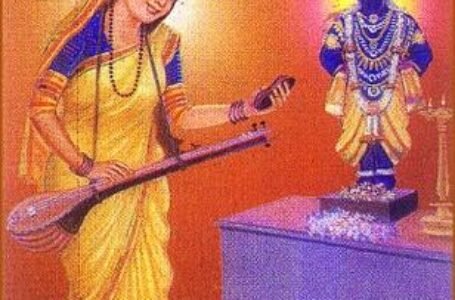Sacred Ink: Exploring the Spiritual Art of Tattooing Among India’s Saints, Sadhus, and Ascetics
- Lifestyle Ancient history Indian Mythology
 Prakash Israni
Prakash Israni- September 8, 2023
- 0
- 285

There are several ascetic groups in India, which is well renowned for its rich tapestry of cultural and spiritual traditions. Tattooing is a distinctive habit that sticks out among these ascetics, holy men, and sadhus. In India, tattoos carry a deep spiritual importance, even though in many cultures they are frequently connected to rebellion and self-expression. The tattooing of holy men, sadhus, and ascetics in India will be examined in this article, along with their rituals, beliefs, and the tattoos’ effective spiritual significance.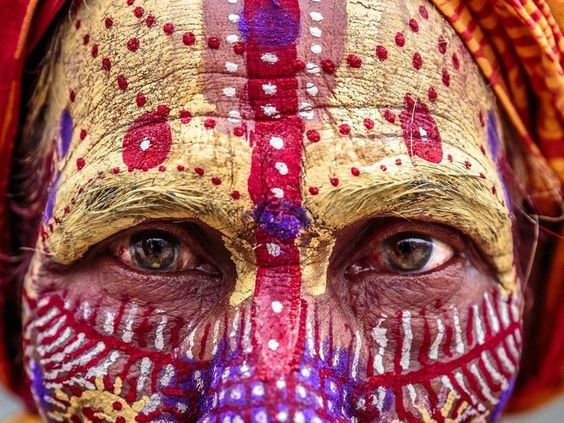
Indian Ascetics: A Quick Overview
It’s important to comprehend the environment in which these ascetics function before delving into the realm of tattooed saints and sadhus. The goal of asceticism is to achieve spiritual culture and reviving by giving up worldly pleasures and things. Asceticism has a long history in India and its origins go back thousands of years. All around the nation, ascetics may be found living in hidden caves, and jungles, or roving from location to location.
Philosophies and convictions:
India’s ascetic traditions are as varied as the nation itself. Hindus, Buddhists, Jainists, and followers of other sects and subsects are among them. Each tribe has its own distinct set of rituals, traditions, and beliefs. However, a few themes are present in both of their philosophies:
a) Renunciation:
In their inquiry for spiritual culture, ascetics voluntarily give up their earthly comforts, belongings, and relationships. This rejection represents their separation from materialistic aspirations.
b) Austerity:
To cleanse their bodies and minds, many ascetics practice severe austerities including fasting, meditation, and self-embarrassment.
c) The pursuit of enlightenment:
It includes freedom from the cycle of birth and death and union with the divine or the universe, which is the ultimate aim of most ascetics.
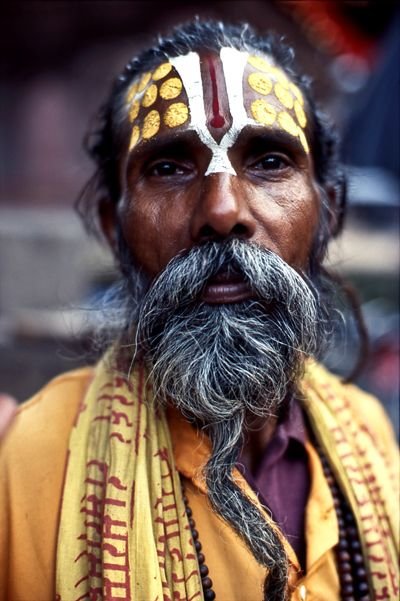
Among holy men and sadhus, tattooing:
In India, tattooing has a long history, and sadhus and holy men are not the only groups who get them. These ascetics frequently have elaborate and symbolic tattoos on their bodies, and each one of these marks has a different meaning. Let’s examine their tattooing customs and their spiritual importance.
a) Protection and Blessings:
Many sadhus and holy men believe that tattoos on their bodies protect them from negative energies and evil spirits. These tattoos are often considered blessings from their gurus or gods, and they serve as a shield during their difficult spiritual journeys.
b) Spiritual Identity:
Tattoos among ascetics can represent their spiritual identity. For example, followers of Lord Shiva might have images of the deity or his sacred symbols like the Trishul (trident) tattooed on their bodies. This helps them affirm their dedication to a specific deity or spiritual path.
c) Mark of Devotion:
Getting a tattoo may be considered a sign of devotion. Ascetics may see the discomfort they experience throughout the tattooing process as a sort of penance or as a method to express their unshakeable dedication to their spiritual path.
- d) Tattoos are often given out as part of initiation ceremonies in various ascetic cultures. As the ascetic develops on their spiritual path, they may add or change these tattoos to symbolize different phases of their journey.
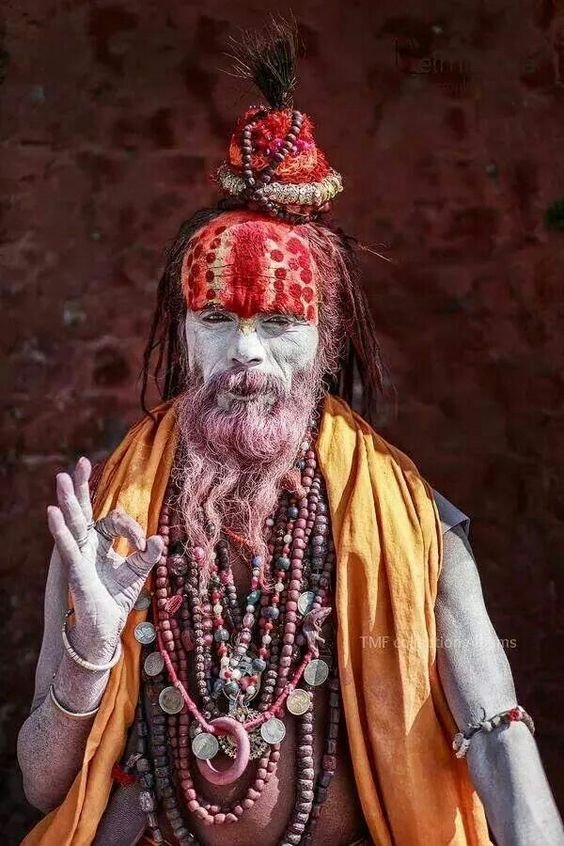
Examples of saints and sadhus with tattoos:
a) Aghoris:
Known for their harsh activities, the Aghoris are a sadhu group connected to Lord Shiva. They frequently have ash covering their body, and they have detailed tattoos. The tattoos represent their abandonment of social conventions and devotion to Lord Shiva.
b) Naga Sadhus:
Naga sadhus are devotees of Lord Shiva who are distinguished by their bodies coated in ash. Their recognizable tattoos serve as a symbol of their adherence to Shiva as well as their vows of chastity and renunciation.
c) Buddhist monks:
While not quite austere, Tibetan Buddhist monks frequently get tattoos of sacred symbols and mantras, such as the Om Mani Padme Hum mantra or the Wheel of Dharma. These inks are said to guard them and strengthen their ties to the Buddha’s teachings.
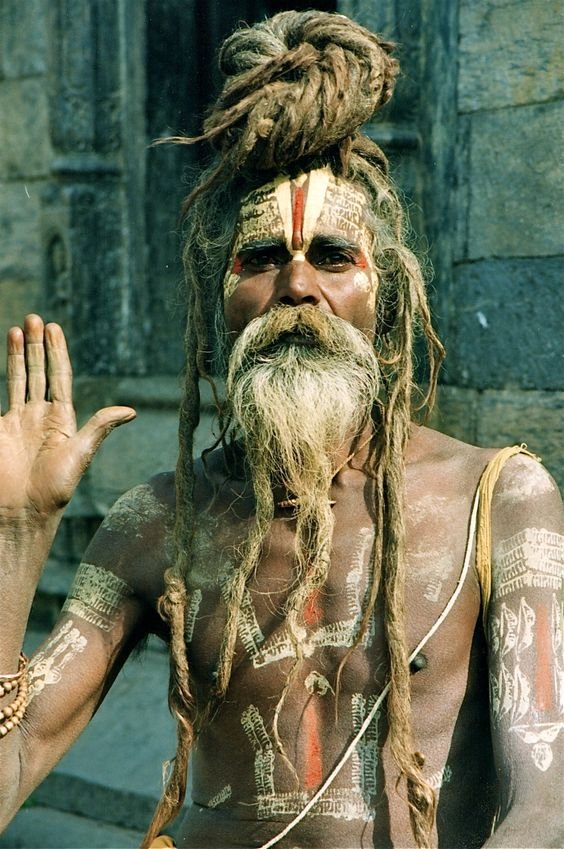
Spiritual Practices Related to Tattooing:
Among holy men and sadhus, getting a tattoo is not just a physical act but also a profoundly spiritual one. The following components are frequently present in tattooing rituals:
a) Blessings:
Before the tattooing process starts, prayers, mantras, and blessings are typically offered to call upon heavenly protection and direction. These ceremonies may be directed or carried out by the guru or spiritual leader.
b) Symbolism:
The tattoo’s design was thoughtfully picked, and each component has a symbolic meaning. The tattooing procedure is seen as a spiritual act, and the torture experienced is considered a type of cleansing.
c) Meditation:
Some ascetics meditate while getting tattoos to help them concentrate and focus their energies, imbuing the tattoo with spiritual meaning.
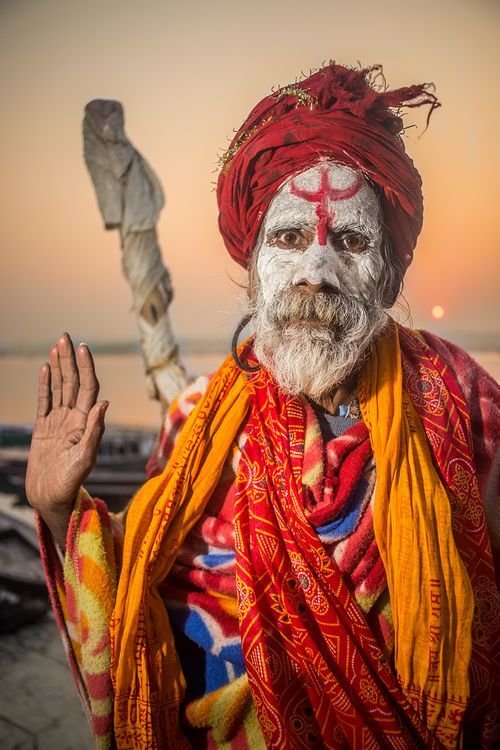
Problems and Disputations:
While tattooing is a deeply embedded part of Sadhus’ spiritual practice, it has not been without controversy and difficulties. Concerns over certain tattoo artists’ safety and health practices, particularly in rural regions, have risen in recent years. Sadhus’ health is in danger since unsterilized needles and unclean environments can cause infections and other health problems. In certain cases of cultural appropriation, people who are not Sadhus have embraced these sacred tattoos without realizing their spiritual importance. The Sadhu community is concerned that their holy traditions are being turned into commodities as a result of this.
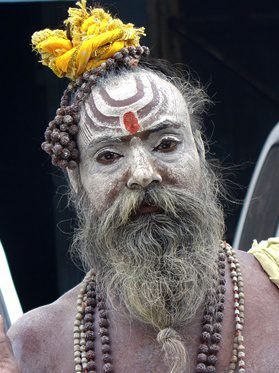
Conclusion:
In India, tattooing is a common practice among holy men, sadhus, and ascetics as a symbol of the profound spiritual journey many people undergo in search of culture and a closer relationship with the divine. These tattoos represent the ascetics’ dedication to their chosen path by acting as both symbols of protection and devotion. We have a greater understanding of the numerous and spiritually rich traditions that are still alive and well in India as we explore deeper into the realm of tattooed saints and sadhus.
The elaborate patterns, and carefully selected symbols and procedures all add to the tattoos’ spiritual meaning. Despite difficulties and controversy, sadhus continue to use tattooing as a vital tool in their spiritual development. It serves as a reminder that spirituality may take many different forms, including the permanent tattoo engraved onto their flesh. Saints and sadhus with tattoos continue to amaze our interest, encouraging us to reflect on the capacity of their faith and the continuing influence of their holy art.


